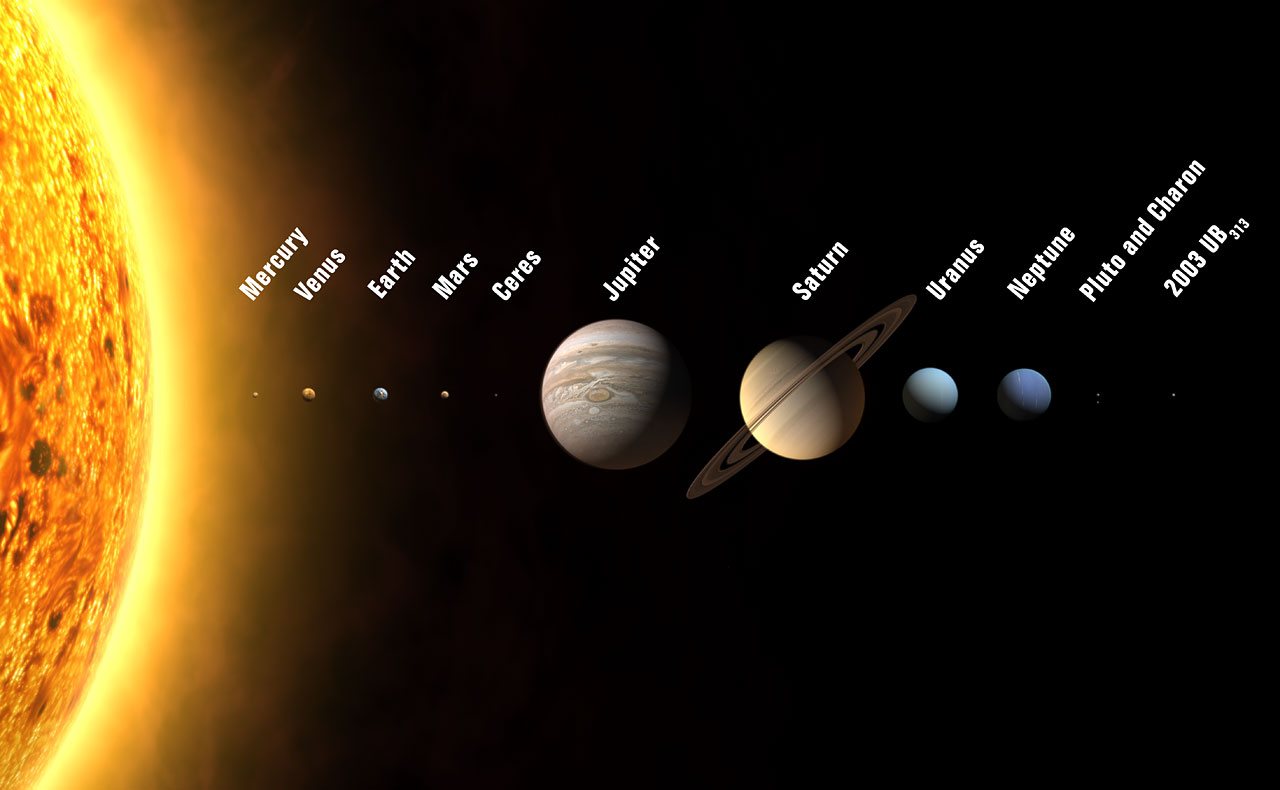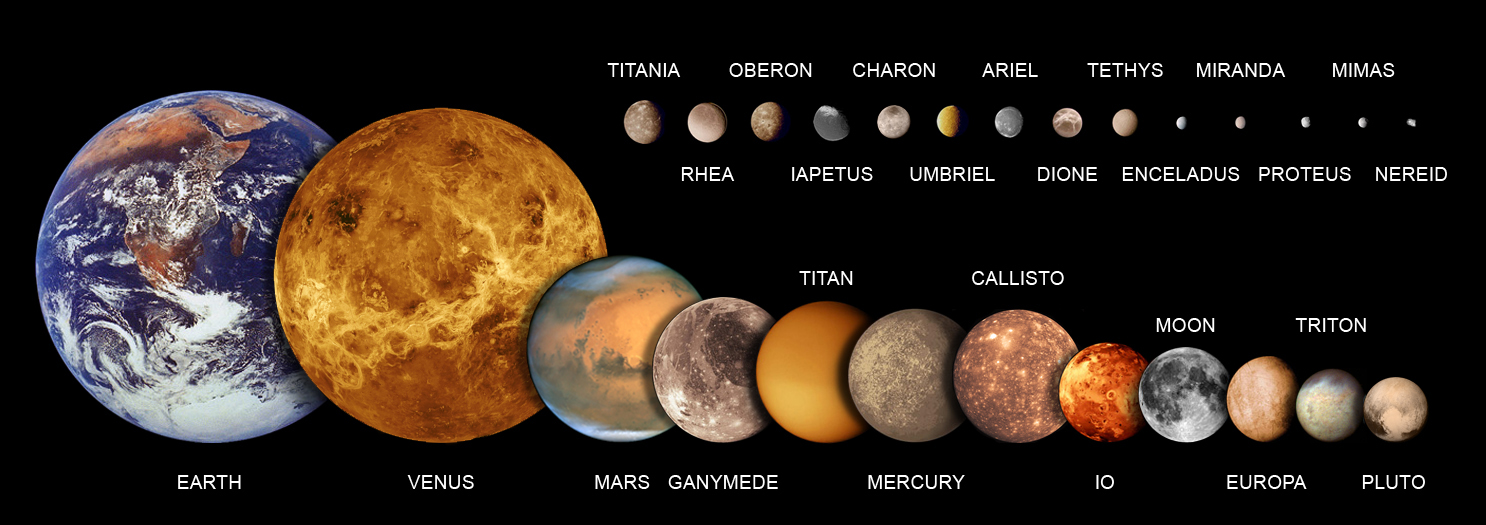
This article is about naturally occurring objects. For astronomical objects of the Solar System, see List of Solar System objects. For artificial objects, see Satellite. "Celestial object" and "Celestial body" redirect here. For the subtle body postulated in philosophy, see Body of light. For other uses, see Celestial.
An astronomical object, celestial object, stellar object or heavenly body is a naturally occurring physical entity, association, or structure that exists within the observable universe.[1] In astronomy, the terms object and body are often used interchangeably. However, an astronomical body or celestial body is a single, tightly bound, contiguous entity, while an astronomical or celestial object is a complex, less cohesively bound structure, which may consist of multiple bodies or even other objects with substructures.
Examples of astronomical objects include planetary systems, star clusters, nebulae, and galaxies, while asteroids, moons, planets, and stars are astronomical bodies. A comet may be identified as both a body and an object: It is a body when referring to the frozen nucleus of ice and dust, and an object when describing the entire comet with its diffuse coma and tail.

History
Further information: History of Astronomy
See also: Scientific Revolution and Copernican Revolution
Astronomical objects such as stars, planets, nebulae, asteroids and comets have been observed for thousands of years, although early cultures thought of these bodies as gods or deities. These early cultures found the movements of the bodies very important as they used these objects to help navigate over long distances, tell between the seasons, and to determine when to plant crops. During the Middle-Ages, cultures began to study the movements of these bodies more closely. Several astronomers of the Middle-East began to make detailed descriptions of stars and nebulae, and would make more accurate calendars based on the movements of these stars and planets. In Europe, astronomers focused more on devices to help study the celestial objects and creating textbooks, guides, and universities to teach people more about astronomy.
During the scientific revolution, in 1543, Nicolaus Copernicus's heliocentric model was published. This model described the Earth, along with all of the other planets as being astronomical bodies which orbited the Sun located in the center of the Solar System. Johannes Kepler discovered Kepler's laws of planetary motion, which are properties of the orbits that the astronomical bodies shared; this was used to improve the heliocentric model. In 1584, Giordano Bruno proposed that all distant stars are their own suns, being the first in centuries to suggest this idea. Galileo Galilei was one of the first astronomers to use telescopes to observe the sky, in 1610 he observed four largest moons of Jupiter, now named the Galilean moons. Galileo also made observations of the phases of Venus, craters on the Moon, and sunspots on the Sun. Astronomer Edmond Halley was able to successfully predict the return of Halley's Comet, which now bears his name in 1758. In 1781, Sir William Herschel discovered the new planet Uranus, being the first discovered planet not visible by the naked eye.
Main articles: Definition of planet and IAU definition of planet

At the 2006 meeting of the IAU's General Assembly, after much debate and one failed proposal, the following definition was passed in a resolution voted for by a large majority of those remaining at the meeting, addressing particularly the issue of the lower limits for a celestial object to be defined as a planet. The 2006 resolution defines planets within the Solar System as follows:
A planet is a large, rounded astronomical body that is neither a star nor its remnant. The best available theory of planet formation is the nebular hypothesis, which posits that an interstellar cloud collapses out of a nebula to create a young protostar orbited by a protoplanetary disk. Planets grow in this disk by the gradual accumulation of material driven by gravity, a process called accretion. The Solar System has at least eight planets: the terrestrial planets Mercury, Venus, Earth, and Mars, and the giant planets Jupiter, Saturn, Uranus, and Neptune. (When the term "planet" is applied more broadly, these eight uncontroversial planets can be distinguished by calling them "major planets".) These planets each rotate around an axis tilted with respect to its orbital pole.
Planetary-mass object
Geoscientists often reject the IAU definition, preferring to consider round moons and dwarf planets as also being planets. Some scientists who accept the IAU definition of "planet" use other terms for bodies satisfying geophysical planet definitions, such as "world".[7] The term "planetary mass object" has also been used to refer to ambiguous situations concerning exoplanets, such as objects with mass typical for a planet that are free-floating or orbit a brown dwarf instead of a star.

